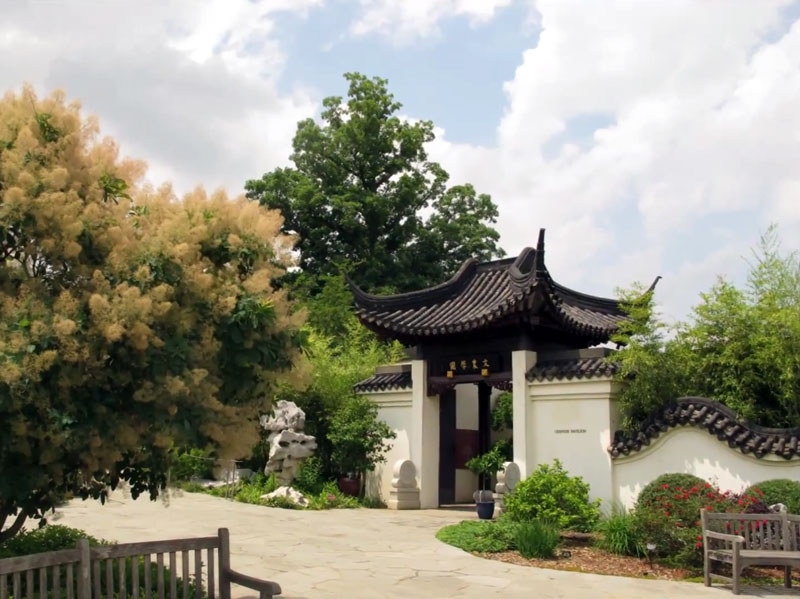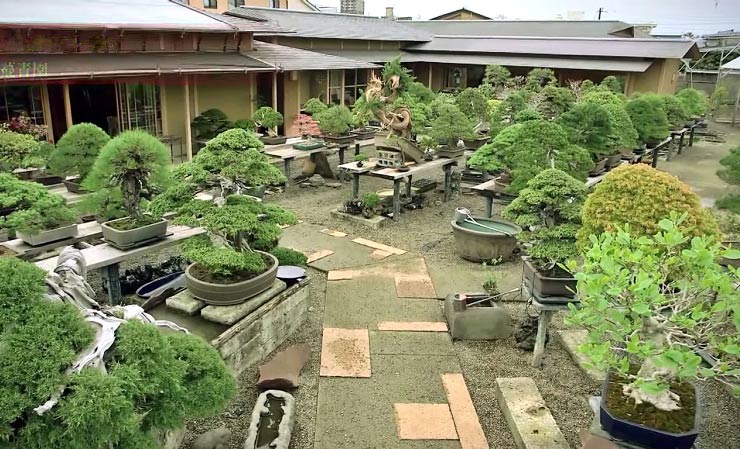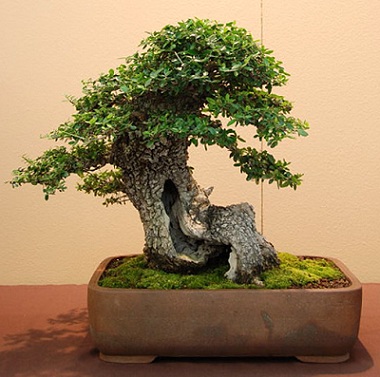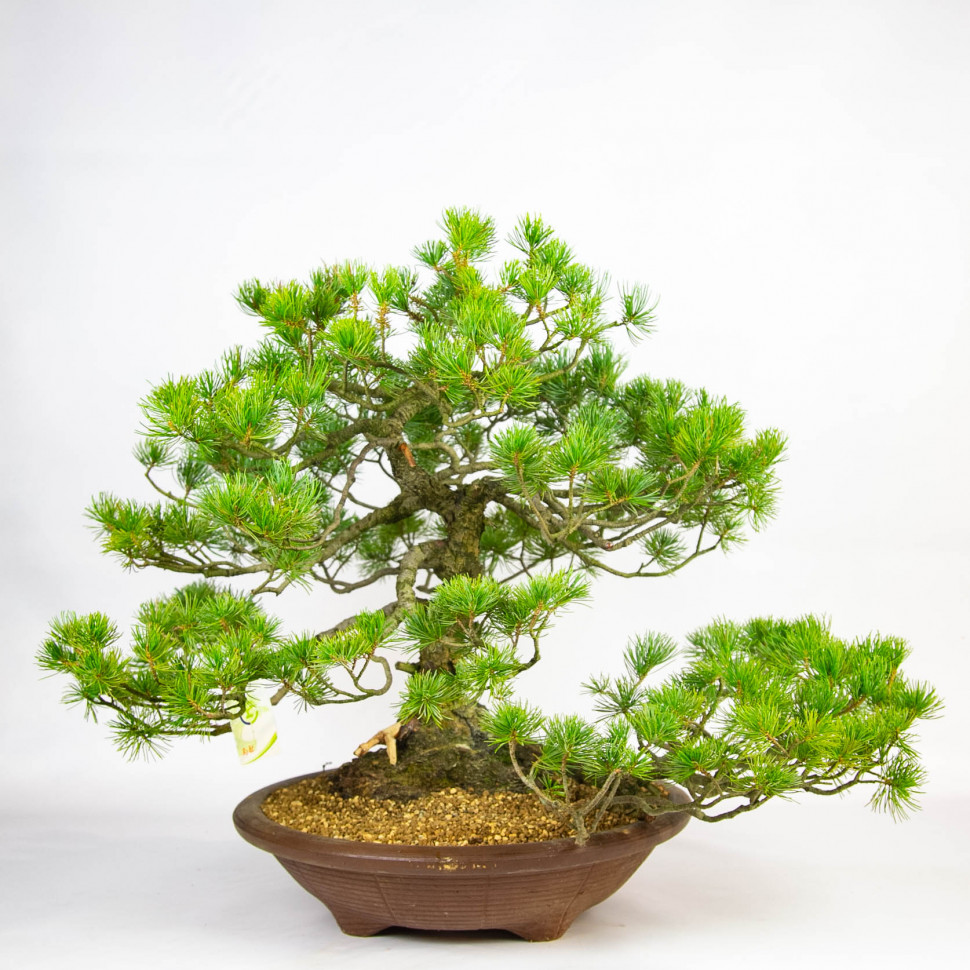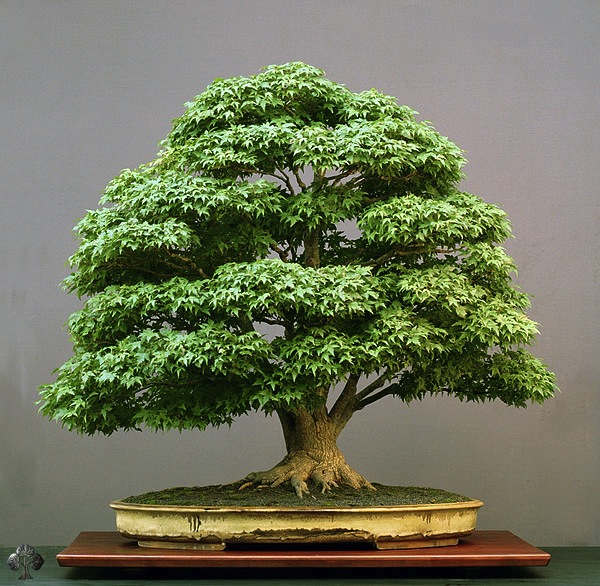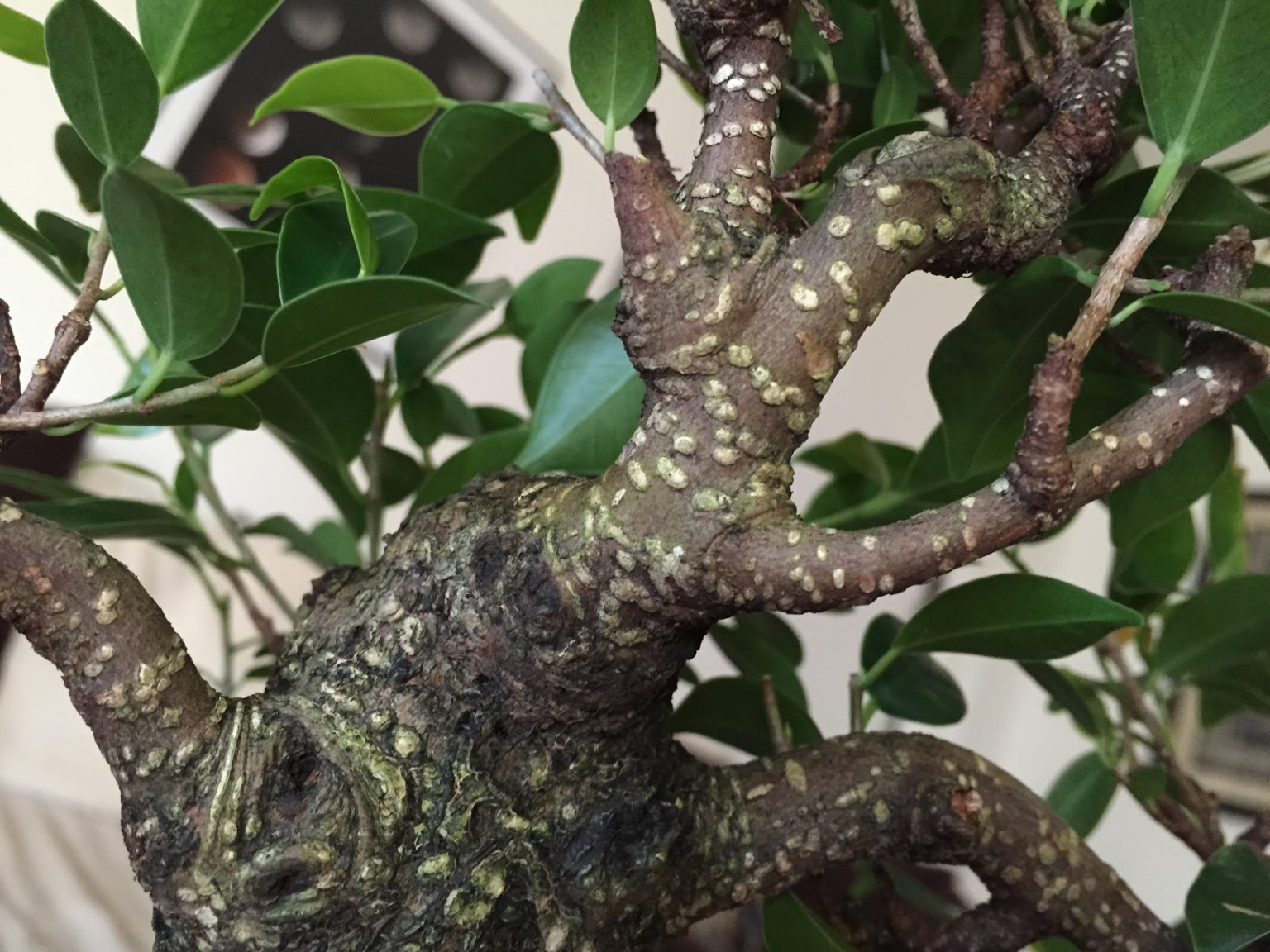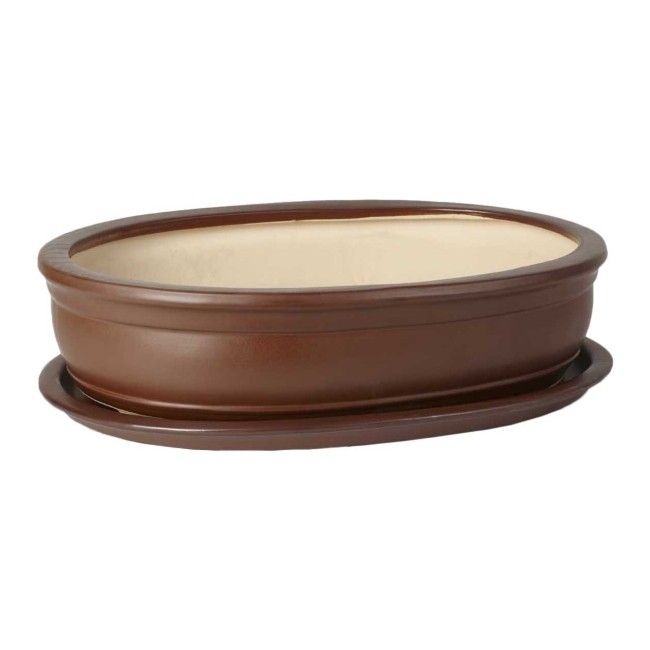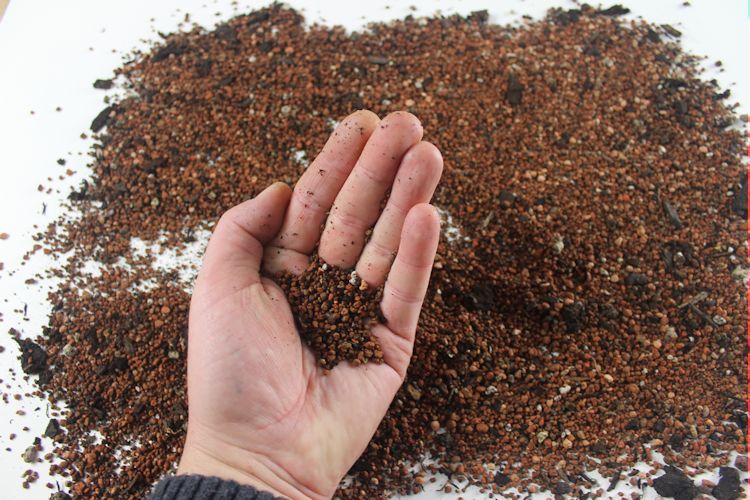This is a fragrant, beautifully flowering shrub. It blooms in late winter, before the leaves have appeared. The flowers can be white, red or pink. Apricots rarely have a beautiful branch structure, except for those on which flower buds are formed; their trunks are usually thick.
With the help of special tools, apricots can be given the appearance of old ones, battered trees by bad weather.
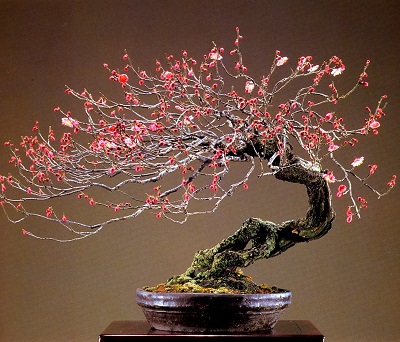
Soil:
Apricot is replanted at the end of winter, before the flower buds swell. Young plants are replanted every year before flowering, older bonsai - every three years. The soil for apricots should consist of 60% organic matter and 40% sand.
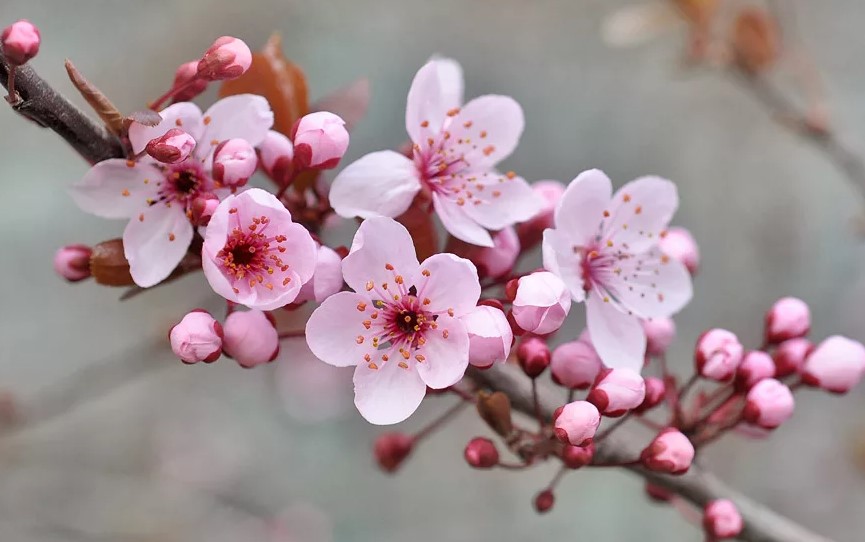
Lighting:
Apricot loves bright light, it grows poorly in areas where there is little sun.
Temperature:
This is a very heat-loving plant, so especially protect it from frost. If the tree gets too cold, the buds fall off; if some of them remain, the plant will not have enough strength to support their flowering.
Watering:
During the growth period, daily watering is required. Apricot loves high humidity, so spray it two or three times a day (and more often in hot weather). The soil should remain moist even in winter, since flower buds are formed at this time.
Top dressing:
Every two weeks, but only during the growing period.
Formation:
Trimming only after flowering. To shape, trim young shoots by half or more in the fall, but do not touch the flower shoots.
Purchasing a plant:
Apricot seedlings can be purchased at a nursery; they respond well to grafting.
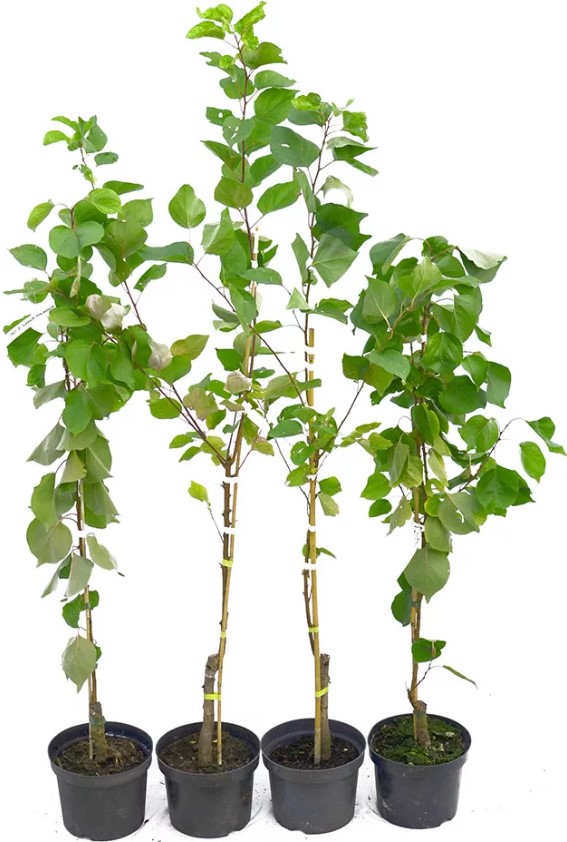
Pests and diseases:
Under attack aphids, scale insects and caterpillars. Diseases - various fungal diseases. Apricots need sun.

